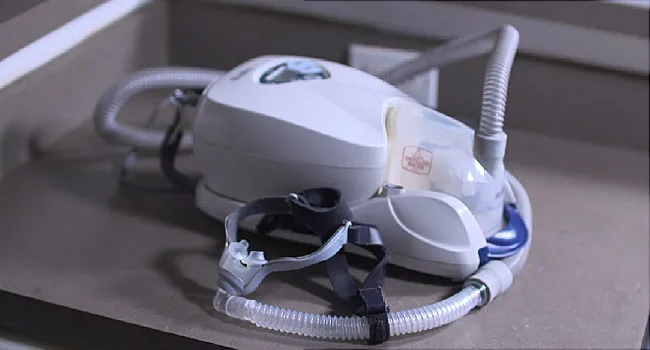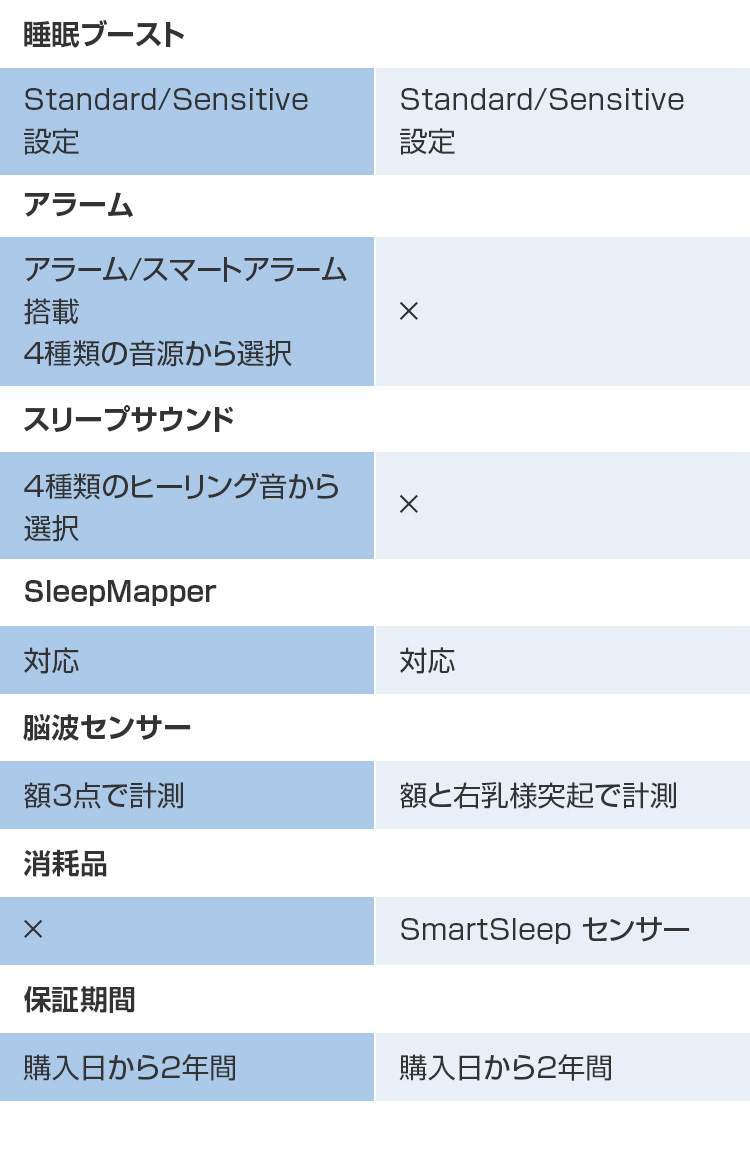


At least 180 minutes of various physical activities, spread throughout the day, with at least 60 minutes of moderate- to vigorous-intensity exercise.An hour or less of sedentary screen time.Sleep, including naps, totaling 11 to 14 hours, with regular bedtimes and wakeup times.No more than 1 hour a day restrained in a high chair, stroller or baby carrier.At least 180 minutes of various physical activities, spread throughout the day.No sedentary screen time for 1-year-olds, an hour or less of screen time for two-year-olds.Sleep including naps totaling 14 to 17 hours until 3 months old 12 to 16 hours from 4 to 11 months old.No more than 1 hour a day restrained in a high chair, stroller, or worn on a caregiver’s back.Before babies can crawl or walk, they need “tummy time” prone on the floor. A variety of physical activities several times a day, as often as possible while interacting with a caregiver.Here’s what WHO says kids under 5 need every day. “So storytelling, singing, and playing with a child is good, whereas children passively watching or playing on screens with no adult input or interaction is not.” The sedentary time that young humans spend interacting with a caregiver, however, was found to be good for cognitive development, Willumsen adds. “The evidence we reviewed showed that increased screen time was associated with poorer motor and cognitive development and increased body weight,” Willumsen says. The guidelines were based on a review of research on how child development and adult health may be impacted by behaviors learned early in life. The new recommendations from WHO mark the first time the organization has set guidelines on physical activity, sedentary time, or sleep for children under 5, Dr. Willumsen says. RELATED: Everything You Need to Know About Fitness Habits set early in life - whether good or bad - tend to follow children through adolescence and adulthood, putting them on a path to obesity and a whole host of other chronic health problems when they’re too sedentary. And a 2018 report from the Centers for Disease Control and Prevention found that in the United States more than 3 out of every 4 adults are not meeting the national exercise guidelines.


More than 23 percent of adults and 81 percent of teens worldwide don’t get enough physical activity, according to a 2018 report from the WHO. Globally, more than 41 million children under 5 are overweight or obese, and their ranks have been swelling at an alarming rate, according to the WHO. “This is about making the shift from sedentary time to playtime, while protecting sleep.” Kids Younger Than 5 Shouldn’t Be Looking at Screens for More Than 1 Hour Per Day No Screen Time Recommended for Kids Under 2 “What we really need to do is bring back play for children,” says Juana Willumsen, PhD, who focuses on childhood obesity and physical activity at WHO in Geneva and contributed to the new guidelines. The new guidelines were developed in collaboration with WHO’s Commission on Ending Childhood Obesity, and will be part of WHO’s Global Action Plan on Physical Activity 2018–2030.
PHILLIPS SMARTSLEEP FDA FREE
Restricting the number of hours young children sit in front of screens may free up more time for physical activity, human interaction, and sleep - all critical for healthy development and preventing childhood obesity, according to the WHO. Babies shouldn’t get any screen time before their first birthday, and parents should limit toddlers' and preschoolers’ time with television, tablets, smartphones, and other electronic gadgets to an hour a day, the guidelines recommend. How much screen time is appropriate for babies younger than 1 year old? None, according to new guidelines from the World Health Organization (WHO).


 0 kommentar(er)
0 kommentar(er)
